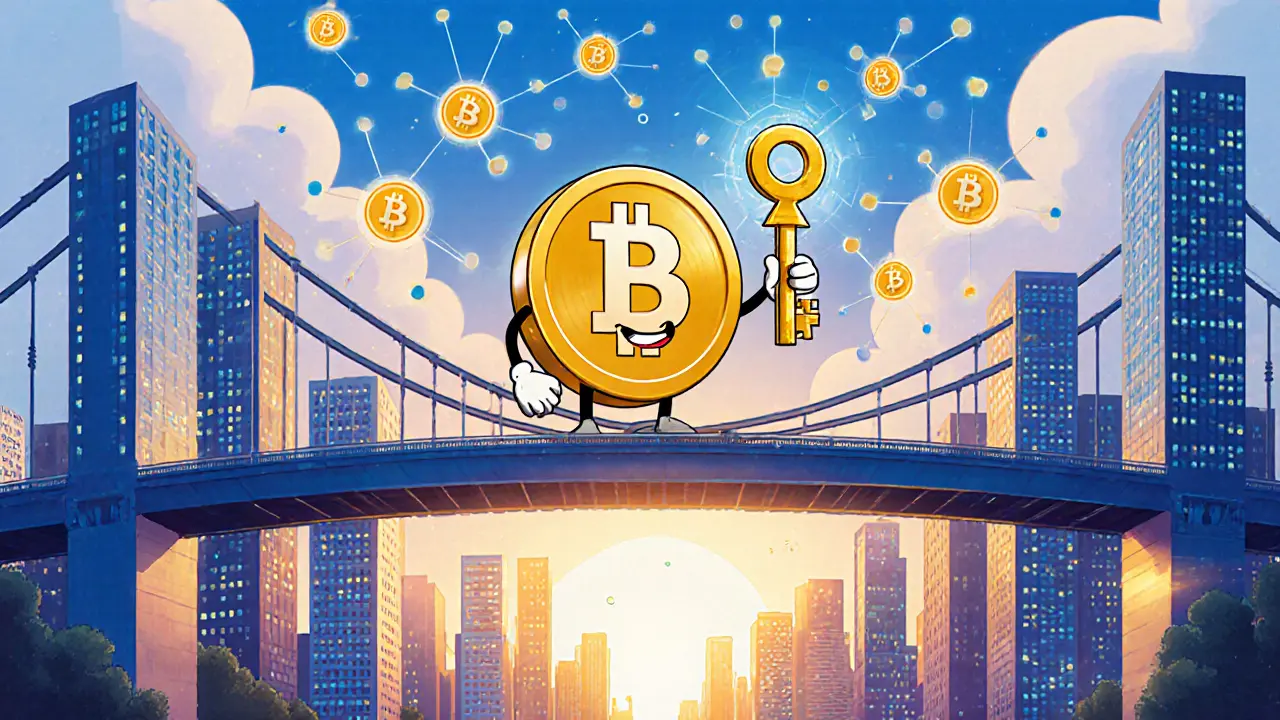BEP-20 Token Guide and Resources
When working with BEP-20 token, the native fungible token standard on Binance Smart Chain that defines how assets are minted, transferred, and interacted with. Also known as BSC token, it fuels a huge range of DeFi projects, NFTs, and community incentives across the ecosystem. This standard mirrors the ERC‑20 model on Ethereum but runs on the faster, cheaper Binance Smart Chain, a high‑performance blockchain that supports smart contracts and cross‑chain bridges (sometimes called BSC). Because of its low fees and fast finality, developers often launch airdrops on BEP‑20 contracts to kick‑start user adoption.
Explore the BEP-20 token landscape and you’ll see three core ideas tying the content together: (1) the technical specs that make BEP‑20 work, (2) the way airdrops leverage the standard to distribute value, and (3) the role of wrapped tokens that let BEP‑20 assets move between chains. An airdrop, a distribution event where a project sends free tokens to eligible wallets is a classic growth hack. Airdrops on BEP‑20 require a smart‑contract that can read wallet balances, verify criteria, and issue tokens in a single transaction—exactly what the BEP‑20 spec enables.
Key Concepts and Related Tools
Understanding BEP‑20 also means grasping wrapped tokens, cryptocurrency representations that lock an asset on one chain and issue a counterpart on another. Wrapped BEP‑20 tokens let users bring ERC‑20 or other assets onto BSC, expanding liquidity and enabling arbitrage. This bridging process highlights a semantic triple: BEP‑20 token requires wrapped token mechanisms to achieve cross‑chain interoperability.
Another pillar of the BEP‑20 ecosystem is the crypto exchange, a platform where users can trade, list, and swap digital assets. Reviews of exchanges such as Deliondex, Barginex, or IDEX often discuss how well they support BEP‑20 pairs, fee structures, and security features. When an exchange lists a BEP‑20 token, it brings the asset into a broader market, influencing price discovery and user reach. In short, the exchange ecosystem affects BEP‑20 token adoption and liquidity.
Tokenomics also play a big role. Most BEP‑20 projects outline supply caps, burn mechanisms, and staking rewards in their whitepapers. By comparing tokenomics across the articles below, you can spot patterns—like deflationary fee models in WLBO or reflection tokens in Hero Arena—that help you evaluate risk and upside.
All of this ties back to why BEP‑20 tokens matter: they combine the speed and low cost of Binance Smart Chain with the flexibility of Ethereum’s token model, while airdrops, wrapped tokens, and exchange listings create a self‑reinforcing loop of growth. Below you’ll find a curated collection of deep‑dive guides, exchange reviews, airdrop walkthroughs, and token analysis pieces that together paint a complete picture of the BEP‑20 world.
Ready to dig into specific projects, see how to claim airdrops safely, or compare exchange features? The articles below break each topic down into actionable steps and real‑world examples, so you can move from theory to practice without getting lost in jargon.
UBXS Token (UBXS) Explained: Crypto Coin Overview, Price, and Real Estate Use
UBXS Token overview: what it is, how it works, price, market data, real‑estate use case, and why it’s considered high‑risk.
